Published by UN Environment and the International Energy Agency
Buildings and construction together account for 36% of global final energy use and 39% of energy-related carbon dioxide (CO2) emissions when upstream power generation is included.
The energy intensity per square meter (m2) of the global buildings sector needs to improve on average by 30% by 2030 (compared to 2015) to be on track to meet global climate ambitions set out in the Paris Agreement.
This Global Status Report 2017 reconfirms the significance of the buildings and construction sector in global energy consumption and related emissions. It also shows that efforts to decarbonise the sector are progressing, thanks to implementation of comprehensive policy frameworks, deployment of low-carbon and energy-efficient technologies, better building design approaches and solutions, and an improving investment market.
While the pace and scale of improvement is still not enough to meet global climate ambitions, noteworthy examples highlighted in this report nevertheless show that increased effort can still deliver on those objectives, while also bringing forward multiple positive economic, social, health and environmental benefits.
Realising the potential of the global buildings and construction sector requires all hands on deck, ranging from policy, technology and financing tools to increased international cooperation, greater education and awareness, and better training and capacity building across the buildings value chain.
The Global Status Report 2017 was prepared by the International Energy Agency (IEA) for the Global Alliance for Buildings and Construction (GABC). The GABC aims to bring together the building and construction industry, countries and stakeholders to raise awareness and facilitate the global transition towards for low-emission, energy-efficient buildings.
Download the report here.
For further information, visit the Global Alliance for Building and Construction website.

